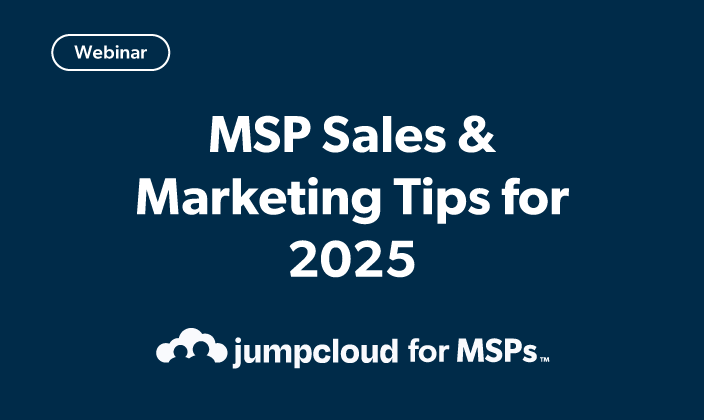Are you aware of just how many SaaS applications your employees are using without IT’s knowledge? Shadow IT, the use of unauthorized or unapproved applications by individuals and teams, is a growing headache for organizations. Recent studies estimate that 42% of a company’s applications are Shadow IT, and 67% of employees in Fortune 1000 companies use unapproved SaaS tools daily. While these applications may seem harmless, they pose serious risks to your business’s security, compliance, and budget.
The Hidden Problems with Shadow IT
Shadow IT might start innocently enough. Perhaps an employee signs up for a task management app to improve productivity or a team uses an unlicensed collaboration tool to streamline their workflow. Unfortunately, these seemingly helpful solutions can lead to four major issues:
- Data Loss and Security Risks: Unauthorized applications lack robust security controls, increasing the risk of data breaches and exposing vulnerabilities that IT cannot manage.
- Compliance Violations: Shadow IT bypasses approved tools, risking penalties or legal action for not meeting regulatory requirements.
- Operational Inefficiencies: Redundant tools create confusion and inefficiencies due to a lack of centralized management.
- Hidden Costs: Unused licenses, redundant tools, and overlapping app subscriptions lead to unnecessary budget leaks.
How to Bring Shadow IT Under Control
The good news? Managed Service Providers (MSPs) are rising to the challenge by introducing proactive measures to manage and mitigate Shadow IT. Here’s how they do it:
1. Gain Visibility
MSPs use tools like JumpCloud’s SaaS Management to uncover both sanctioned and unauthorized applications. Features like SSO (Single Sign-On) and browser-based monitoring track all user logins across SaaS applications, providing real-time insights into what employees are using.
2. Implement Targeted Controls
Once identified, MSPs enforce policies to limit the use of unapproved apps. They can:
- Warn employees when they attempt to access unsanctioned tools.
- Block unauthorized applications altogether.
- Offer secure, approved alternatives to meet user needs.
3. Provide Secure Alternatives
Instead of banning all unsanctioned tools outright, MSPs recommend trusted alternatives. Promoting corporate-approved apps increases SSO coverage and improves the organization’s overall security posture without disrupting productivity.
4. Optimize Costs
By consolidating SaaS usage data, MSPs identify unused licenses, redundant subscriptions, and overlapping tools. This optimization can significantly reduce SaaS costs, freeing up budget for more strategic priorities.
Why You Need to Act Now
Taking control of Shadow IT isn’t just about mitigating risks. It’s also about creating a more secure, efficient, and cost-effective IT environment. Organizations that work with MSPs not only shore up their defenses but also gain valuable insights for future-proofing their operations.
JumpCloud, for example, empowers MSPs to centralize IT management, enhance visibility across SaaS tools, and implement Zero Trust security measures to protect users and data. Learn more about how you can leverage JumpCloud SaaS management to differentiate your MSP.





